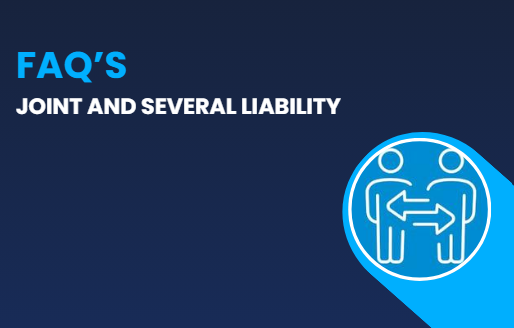Understanding your payslip
- elin9975
- Nov 27, 2020
- 3 min read
Payday - the highlight of the week for many - but have you ever looked at your payslip and not had a clue where to start? You’re not alone. According to research from the IPP (Institute of Payroll Professionals) just under one in ten people are in the same boat and don’t understand everything on their payslips.
At Clipper Contracting, we appreciate that getting your payslip for the first time may be confusing to some and aim to make this as clear and transparent as possible for our workers. We have plenty of resources available on our website about our various solutions, and are always happy to answer your call.
With this in mind, let’s explore our Umbrella PAYE Payslip.
Basic Pay
We start with the contract sum received by Clipper Contracting from the agency. This is normally an uplifted rate (called the Umbrella/LTD rate) which includes all employment costs, in comparison to an in-house PAYE rate.
Company Deductions
Employers National Insurance NIERS – as the employer, Clipper Contracting are required to pay Employer’s National Insurance over to HMRC. All employers are required to pay this on behalf of their employees at a percentage of 13.8%.
Apprenticeship Levy – an employment cost introduced by the government in 2017, calculated at 0.5% (self-employed workers are exempt). This is paid to the government to fund apprenticeship schemes.
Company Margin - our retained margin for the services provided. Being employed by Clipper Contracting brings many benefits, from access to legal and counselling helplines, personal accident insurance cover, and all statutory employment benefits. Our standard PAYE margin is just £12.85 a week.
Holiday Pay - is accrued at 12.07% weekly, to be taken typically when a worker takes holiday, and therefore has pay to cover them where there is no timesheet. This can however be released at any time and if an employee would prefer us to pay it out every week, they can just email us and let us know.
Employer’s Pension Contribution – Clipper Contracting defer pension auto-enrolment for the first twelve weeks of employment, but after that point pension deductions are made. If a worker wishes to opt out, they are guided to contact our pensions provider (NEST Pensions) directly.
After these deductions have been made, we are left with the gross for tax – the amount that you earn after the employer costs.
Employee Deductions
Tax – this is where the employee’s tax will be deducted, and can vary on the basis of their tax code or tax free allowance.
Employee’s National Insurance – employee’s NI deduction.
Employee’s Pension Contribution – Clipper Contracting defer pension auto-enrolment for the first twelve weeks of employment, but after that point pension deductions are made. If a worker wishes to opt out, they are guided to contact our pensions provider (NEST Pensions) directly.
Net pay
This is the take home amount after all tax and NI and pension deductions. All done!
Employee Payments
You will also notice a section called ‘Employee Payments’. This is where, required by law, you will find a calculation of the gross for tax spilt into basic pay (hours worked at minimum wage) and additional pay (anything else owed above minimum wage & holiday pay). This is to ensure that a worker is being paid at least the minimum wage, and is not an extra deduction, but merely a breakdown of the gross for tax.
You can find example payslips and explanation videos across all of our solutions here https://www.clippercontracting.co.uk/resources . Otherwise, please contact your dedicated account manager for more information as we're always happy to help.




Great explanation of how a payslip works. Many people don’t realize how each deduction affects their final pay. Clipper Contracting does a good job explaining everything clearly. I also found the https://dgme.me/paystub-portal/ helpful for checking digital payslips and tracking payment history online.
Including a clear split between basic and additional pay on the PAYE payslip is a smart way to show employees how their wages align with legal standards dollar tree compass